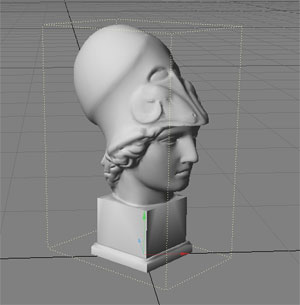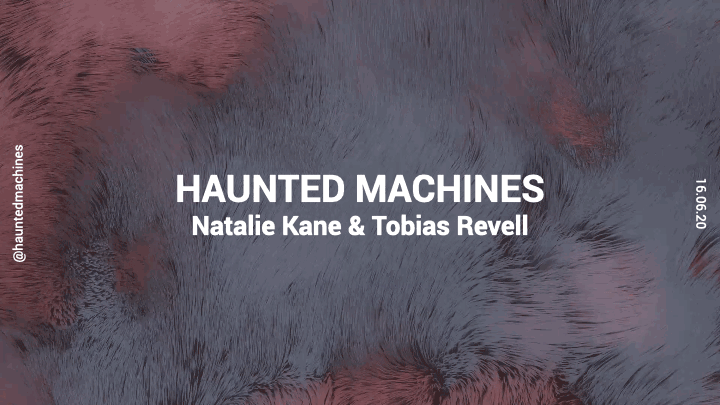Good afternoon! You may have picked up that this blog looks different. Or, you may have barely noticed because the content is so good that it distracts from any concerns of aesthetics. Well, unfortunately my disquiet with Blogger hit a nadir and I finally decided to move operations over here to WordPress. I’ve had a couple of stalled attempts at doing this in the past and found the set-up costs in time are kind of high and involve quite a bit of fidgeting to get something that I like. But already I’m dealing with a more intuitive interface, with responsive elements and with something altogether more consummate with 2020. I hadn’t blogged in four weeks and was feeling things slip. I try and write here (or there) each week – whether anyone reads or not – because it continues to give me an anchor in the real-world and I read and discover things with purpose, trying to structure them into a sense of narrative that I can then write about. It’s also simply good practice.
So here we are then, in WordPress, having fought through all the marketing and e-commerce templates to something understated and clean (with a lot of editing on my own part.) I’ve called this new place The Bounding Box. I had to think of a title quickly because I only had this morning to get this done. The bounding box, sometimes in video games referred to as the hit-box, is the lower-geometry and usually invisible geometry that encapsulates a 3D object making the calculation of collisions and 3D interactions easier. I like that as a metaphor for what the purpose of this blog is. It may not always be directly relevant and can sometimes deviate but it’s a loose boundary marker of things I’m into. As a consequence I’ve jettisoned the French Republican Calendar as a source of continual narrative through these Wednesday missives and will simply call them ‘boxes.’ This is Box 1. The old blog is still up here and I’ll write a post about it all moving and keep it there until Google decide to sunset the service.

This was all part of a bigger project where I found the list of things I had been doing and needed to update the various platforms o™n was growing out of control. The Tobias Revell brand needed a refresh. So there’s a new website which isn’t too dissimilar to the current one in the works with a new platform for ease of use but is currently causing me all sorts of headaches. There’s also some consistency and date issues that need fixing. Then everything needs to be uploaded to the different research platforms as well. It’s all very repetitive.
Where did the fun go?
I’m finding myself increasingly worried about how viciously serious everyone is about design these days. Of course, with a series of horrific and revealing crises there’s good cause to question today’s practice and offer to use what we have to help. However, there seems to be a nasty breed of particularly evangelical, ascetic design-thinkerers out there right now. Their rhetoric seems to be a level more severe than the usual design-saviourism that gleefully bounces around the conference circuit in a microphone headset berating people about empathy and affinity diagrams. To these folks, doing anything <em>but</em> trying to save the world is a selfish waste of time. There’s a persecutory nature to it that concerns me.
Design has been in some form of crisis, transition or introspection as long as I’ve known. Hell, as long as it’s existed. And design has got some accounting to do for its role in reinforcing racial injustice, contributing to climate collapse and furthering wealth inequality. These are serious matters that need serious change. It’s good to be reflexive, it helps us grow. But it should still be fun; it should still be a bit silly and playful. You should be able to build communities, make friends and laugh. You must be able to laugh. I gave a lecture to some students (sorry I can’t remember who or where – again, I really need to keep better track of things) where I remember saying that the saviour narrative of designers was just as dangerous as the multi-billionaire startup one. All those diagrams, double-diamonds and toolkits lend it as much legitimacy as any pyramid scheme with a convincing marketing pack in the wrong hands but be honest, it’s just messing around with shapes really.
Recents
I was on the jury for Core 77’s Speculative Design Award with Radha Mistry, Monika Bielskyte and Rob Bolton. We had some really interesting conversations, often funny and occasionally serious about the entries. It’s clear the field has diversified and shifted massively and generally we were in agreement that our role was not to identify projects that conformed to a canon of speculative design practice but support those that pushed or challenged it in rigorous ways. I’m really happy with the selection we made in the end. Head on over to check them out.
Natalie and I are doing another Haunted Machines project. This time we’re working with Utrecht arts students from HKU on ‘Trophic Cascades’ with Anika Schwarzlose. Yesterday we ran a lecture and seminar on the intersection of technology, imagination and complexity in the ecological context. This drew on a lot of work we did for Ecological Alexa. There’s a load of slides of interesting projects in this area in a big deck. If you ask I’ll put them up, ok? Here’s the cover slide which gave me the opportunity to mess about with hair simulations in Blender.

Learning
As usual, I’m going to try and share interesting things I come across. They’re not necessarily connected to anything but spark my curiosity.
- This video of how the designers of Wolfenstein 3D redid the sound of a gun in the game after players complained it wasn’t powerful enough. It was powerful enough, it just didn’t sound powerful enough.
- The Online Encyclopaedia of Integer Sequences. Is a list of 334,000 integer sequences. See also Sloane’s Gap. This is the observation that numbers are not evenly distributed over sequences; some appear rarely, some often.
- The Bodélé Depression is a dried-up mega-lake in Chad. Every year, 50 million tonnes of dust, made of diatom fossils, from the depression is blown across the Atlantic Ocean to the Amazon rainforest where it supplies half of the fertiliser the Amazon needs.
Anyway, that’s it for now. It’s nice to talk to you again. Have a good week.